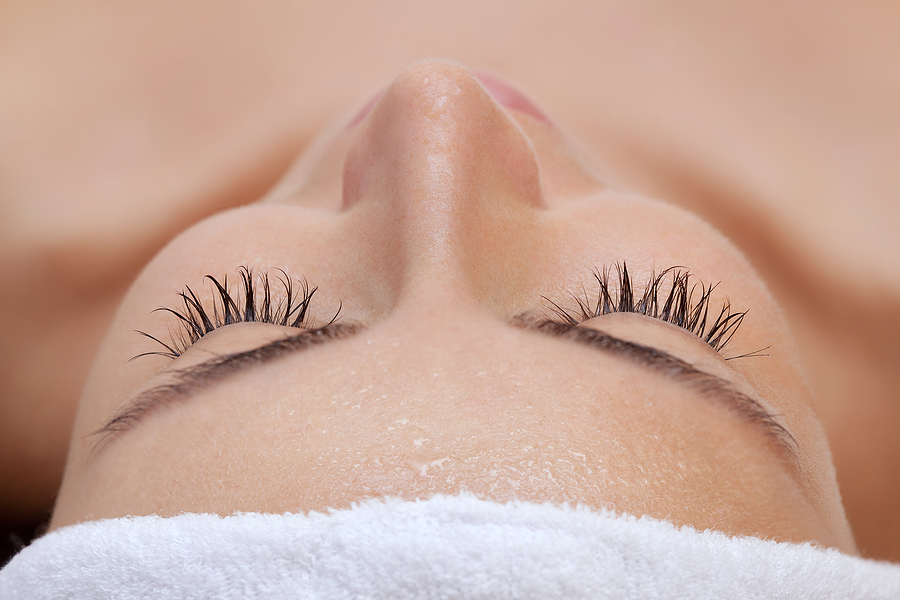Blog
What Do You Need To Know About Facial Steaming?
We all know that our skin care regimes are very personal to ourselves, and one area that you might be exploring is facial steaming.
An article for Vogue also pointed out that, given the recent spate of lockdowns and the extended periods we’ve been spending on our homes, more of us are looking for ways to get the spa experience from home.
However, there are a number of myths surrounding facial steaming, with skin care expert Caroline Robinson, founder and CEO of Tone Dermatology, telling the publication that one of the main myths is that steaming opens and unclogs your pores.
Dr Robinson explained that our pores are fixed structures that don’t open and close. Rather, steaming softens the top layer of our skin and increases blood flow. “Our skin barrier itself becomes more leaky as trans-epidermal water loss increases, which can be beneficial for exfoliating, but it also means we have a net loss in hydration,” she stated.
What does that mean in practice? That facial steaming isn’t good for every skin type, with those who have oily or acne-prone skin unlikely to experience benefits from the practice.
She also stated that anyone who suffers from eczema, hyperpigmentation or redness should avoid facial steaming too. Even if steaming is beneficial for your skin, it should still be limited to once a week, Dr Robinson added.
An article for Stylist magazine also explored facial steaming recently, with the publication noting that you need to ensure the steam you use isn’t too hot. 43 degrees C is the optimum temperature, it noted.
Another way to keep your skin in good condition is to invest in a selection of Dermalogica products to include in your skin care regime.

